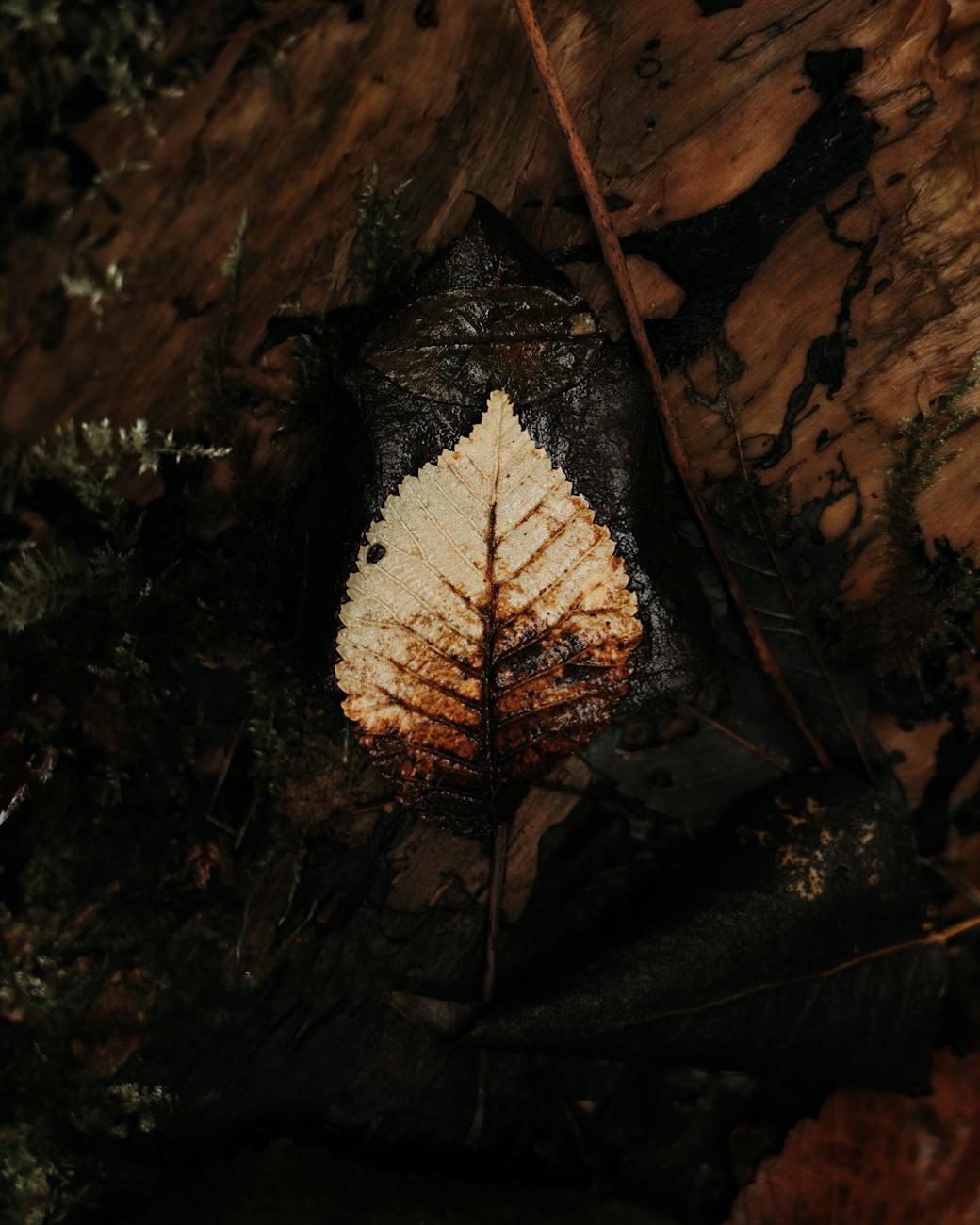I have mentioned my minor obsession with modernist literature, and James Joyce falls right in line, although I always find his work difficult to digest (I don’t think I’m alone in this). However, as we know, just because literature can be difficult doesn’t mean it should be ridiculed or ignored. For today’s post, let’s take a look at Joyce’s life and a few major works!
Early life
Joyce was born in Dublin, Ireland on Feb. 2, 1882 as James Augustine Aloysius Joyce. Joyce was the oldest of ten children in a rather unstable household where his father failed to bring in enough money for a suitable household, instead falling to drink.
Nevertheless, Joyce was a smart child and excelled in all modes of writing. As the Britannica states:
“Because of his intelligence, Joyce’s family pushed him to get an education. Largely educated by Jesuits, Joyce attended the Irish schools of Clongowes Wood College and later Belvedere College before finally landing at University College Dublin, where he earned a Bachelor of Arts degree with a focus on modern languages.”
(Britannica)
First works
Joyce left for Paris after graduating and after departing for Ireland to tend to sick mother, he moved with his future wife to the Italian city of Trieste. There, Joyce taught English until he published Dubliners and Portrait of the Artist as a Young Man. These books, though unremarkable at the time, found their way to prominent writers and poets, such as Ezra Pound.
Ulysses
Afterward, Joyce began working on his landmark novel Ulysses, which showcased his virtuosic talent as a stream-of-conscious writer. However, detractors claimed its subject matter was less than savory.
Here’s a tame, descriptive excerpt:
“Suppose the communal kitchen years to come perhaps. All trotting down with porringers and tommycans to be filled. Devour contents in the street. John Howard Parnell example the provost of Trinity every mother’s son don’t talk of your provosts and provost of Trinity women and children cabmen priests parsons fieldmarshals archbishops.”
(Ulysses)
As you can see—it’s not exactly direct. However, it struck up a bit of controversy.
Writer Laura Miller writes, “One of the unexpected effects of the novel, which was first published in its entirety in Paris in 1922, was the most famous obscenity trial in U.S. history, conducted in 1933.”
Eventually the book got a fair shake (we’ll talk more about this in a later post), and it is currently revered for its challenging prose and style.
Joyce eventually settled down in Paris with his family and wrote Finnegans Wake (1939), which was also a success. With those two books alone (Ulysses and Finnegans Wake), Joyce cemented his status as a literary icon.
Joyce died following an “intestinal operation” on Jan. 12, 1941.
Notable Works
Dubliners (1914)
A Portrait of the Artist as a Young Man (1916)
Ulysses (1922)
Finnegans Wake (1939)
Works Cited
Britannica. “James Joyce.” Sep. 12, 2019. Web.
Miller, Laura. “The Most Dangerous Book”: When ‘Ulysses’ was obscene.” Salon. June 16, 2014. Web.







